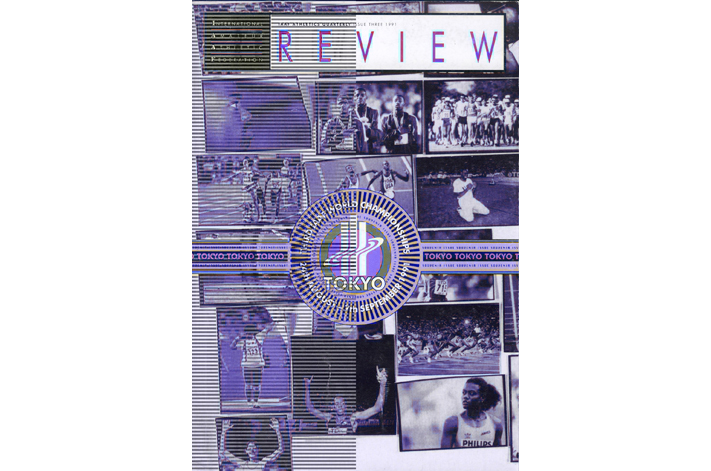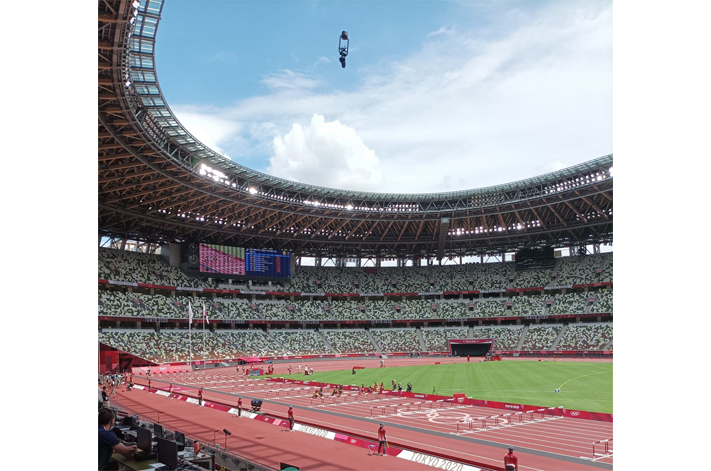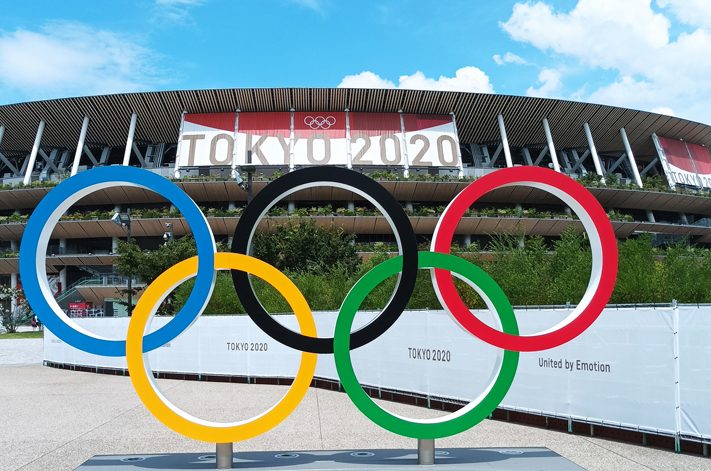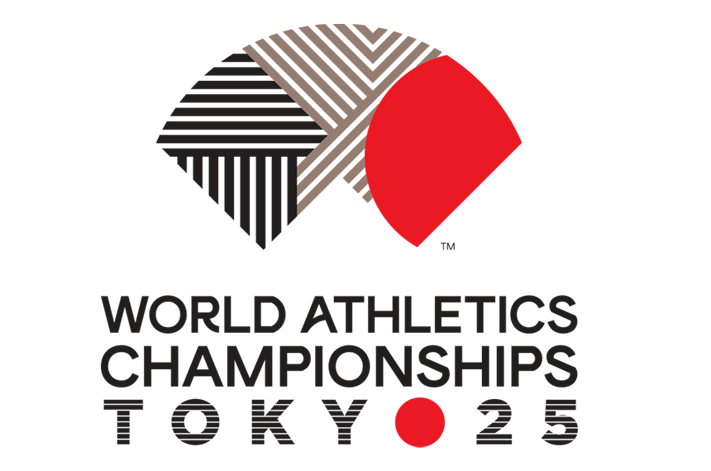Return to Tokyo
by Philip Barker
A Museum of World Athletics (MOWA) exhibition at the Tokyo Metropolitan Government Building on the history of the World Athletics Championships has already attracted 150,000 visitors to Tokyo as the city prepares to welcome the event for the second time.
They are scheduled to begin next weekend (Saturday, September 13) and continue to September 21.
This will be the second major global athletics event since the stadium was completely rebuilt. It is certain to be very different from the Tokyo Olympics four years ago, when events were conducted without spectators as a result of the COVID-19 Pandemic.
The original stadium had been constructed for the 1958 Asian Games and was modified for the 1964 Tokyo Olympics.
At that time, the International Amateur Athletic Federation considered Olympic competition as ‘de facto’ World Championships.
In 1964, the remarkable New Zealander Peter Snell won both 800m and 1500m.
There were classic finishing bursts from Billy Mills (USA) to win the men’s 10,000m and Ann Packer (GBR) won the women’s 800m in a world record 2:01.1.
In the 400m she had lost to Australian Betty Cuthbert who claimed her fourth Olympic gold eight years after winning three at the Melbourne Games.
The United States dominated the individual sprints. Bob Hayes took the men’s 100m gold and Henry Carr won over 200m. Wyomia Tyus took the women’s 100m and her compatriot Edith Maguire was 200m champion.
Gold in the women’s high jump went to Iolanda Balas (ROM) for the second successive Games.
In the men’s discus, compatriot Al Oerter took victory for the third consecutive Games.
Tamara Press set Olympic records to win both the women’s discus and shot. Her equally formidable sister Irina set a world record in the pentathlon.
British long jumper Mary Rand won a medal of every colour in Tokyo and set a world record in the long jump. Later, a pavement exactly 6.76m long was installed in her hometown of Wells.
Perhaps the greatest achievement of all came in the men’s marathon. Ethiopia’s Abebe Bikila cemented his place in the pantheon with a second successive gold medal.
He had recovered after surgery for appendicitis, little more than a month before the race.
1,018 athletes from 80 nations had taken part in the athletics competitions in 1964.
When elite athletics returned for the 1991 World Championships there were 1,551 from 164 nations.
A new chipless urethane track was installed, but otherwise the stadium itself looked the same as it had in 1964.
Competition began at a momentous time in World politics. There was an attempted coup by hardliners in the Soviet Union and Tokyo was to be the last time the Soviet Union competed as an entity at a major event.
Sergey Bubka continued a phenomenal World Championship streak stretching back to 1983 in the pole vault but it was his last in a Soviet vest. His three later titles were in Ukrainian colours.
The men’s 100m featured two American stars from the Santa Monica Track Club. World record holder Leroy Burrell was the favourite but the club’s most famous son, Carl Lewis, stormed home in a new world record 9.86. “He passed us like we were standing still!” said Burrell.
Lewis was also involved in the men’s long jump, described in the IAAF Review as the “the highlight in a host of brilliant performances.”
In the fourth round he produced a leap of 8.91m, but wind ruled out a world record.
In the next round, compatriot Mike Powell soared to 8.95m, emphatically eclipsing Bob Beamon’s mark from the Mexico 1968 Olympics.
“I knew the world record was within my grasp as soon as Carl Lewis had made his jump,” Powell said.
China’s first World Championship gold came from Huang Zhihong with 20.83 metres in the shot put.
In the javelin, Xu Demei’s opening throw of 68.78m ensured a second Chinese gold.
Algeria’s Hasiba Boulmerka led the others home in the women’s 1500m.
“This is the first win by a woman from Algeria and I would like to think this is the beginning of a greater role for Algerian women,” she said.
The men’s 1500m provided an Algerian double. As Noureddine Morceli crossed the line he stooped to kiss the track.
In the women’s 10,000m, Liz McColgan of Great Britain won gold with a front running performance that proved the race of her life.
In the men’s 400m hurdles, Samuel Matete was the first Zambia gold. It was an appropriate place for it. Zambia’s flag had first been displayed after independence in 1964 on the final day of the Tokyo Olympics.
The championships also held special resonance for Germany as the first major sporting event since re-unification.
On the ninth and final day of competition came delight for the hosts as Hiromi Taniguchi won the men’s marathon held in intense humidity.
“The dazzling success of the world championships was the flame that ignited the rest of the season,” declared IAAF President Primo Nebiolo.
By the time the Olympics returned to Tokyo in 2021, the new stadium had taken shape.
COVID-19 precautions meant that there were no spectators for the athletics. Even so, three world records were set.
In the women’s triple jump Yulimar Rojas leapt a world record 15.67 metres to become the first Venezuelan woman to win Olympic gold.
In the women’s 400m hurdles Sydney McLaughlin (USA) had already set a world record to beat her compatriot and Rio 2016 champion Dalilah Muhammad in the United States Trials. She did so again to win Olympic gold from her rival in 51.46.
In the men’s race, Norway’s Karsten Warholm ran an unprecedented 45.94 to beat Rai Benjamin of the USA.
Sifan Hassan of the Netherlands completed the double of women’s 5000m and 10,000m but was forced to settle for bronze when she tried to add the 1500m.
Elaine Thompson Herah of Jamaica did win triple gold in 100m, 200m and 4x100m relay.
When World Athletics President Lord Coe had visited the stadium for the first time, he described it as “a fitting venue for a future World Championships in track and field.”
Now that dream is to become reality and this time there will be a crowd.
In addition to our website, you can also find information on Olympic history, personalities and stories on our social media platforms facebook, twitter and instagram @ISOHOlympic and Via Linked at LinkedIn: isoh.org/linkedin






There are no comments published yet.